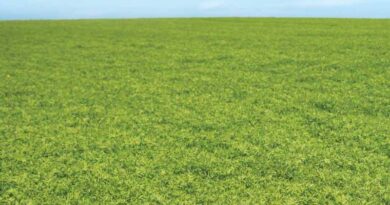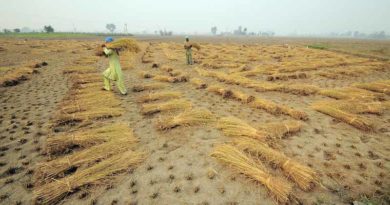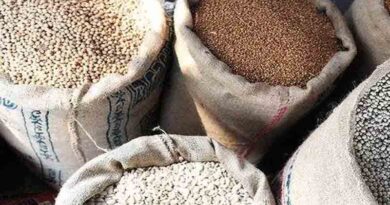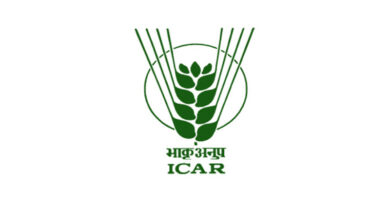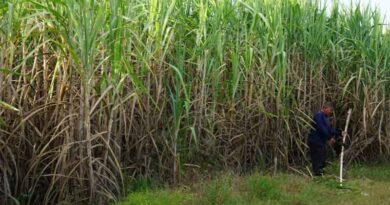Agri Ministry estimates foodgrains output at record 316.06 mt this year Cereals production up for the sixth consecutive year
17 February 2022, New Delhi: India is set to harvest record foodgrains in the 2021-22 crop year (July-June), thanks to a new high in the output of rice, wheat, maize and pulses, the government said on Wednesday.
The record production of foodgrains, which has been rising continuously every year since 2016-17, has helped India to be among the top 10 agricultural produce exporters in the world.
At the same time, the food subsidy, too, has been rising every year with the surplus getting distributed among the poor people to ensure food security. Total production of foodgrains is estimated to be 316.06 million tonnes (mt) this year, comprising 153.54 mt from the kharif season and 162.53 mt from the rabi season, the Agriculture Ministry said releasing the second advance estimates of crops output.
Also Read: Horticulture commodity exchange Praman.ai crosses $100mn monthly GTV mark
While the growth in the kharif output is estimated at nearly 2 per cent, in the case of rabi-grown foodgrains, the production is estimated to grow at 1.5 per cent. Overall, production is up 1.7 per cent from the previous year. “Growth in kharif and rabi output shows that there is scope in improving production under maize, while a cut in output of rice and wheat may be desirable considering the demand and supply situation in both these commodities,” said NB Singh, an agriculture economist.
The balance has to be maintained through crop planning by taking States into confidence, he said and cited the recent example of Telangana where the State government motivated farmers to shift to maize from paddy in the current rabi season.
Crop-wise output
The latest estimates show that wheat production is likely to be 111.32 mt this year, up by 1.6 per cent from last year’s 109.59 mt, despite a drop in acreage. Rice production has been pegged at 127.93 mt – 109.54 mt in kharif and 18.39 mt in rabi – and it is up by 2.9 per cent from last year’s 124.37 mt.
Maize production is likely to go up by 2.4 per cent to 32.42 mt and that of chana by 10.2 per cent to 13.12 mt . Overall, pulses output is set to increase by 5.9 per cent to 26.96 mt from 25.46 mt.
However, there are crops like jowar, bajra, ragi, tur and moong where the production is estimated to drop, though marginally. This is not good for the nutri-cereals sector as the government has been pushing for more crops under this category, Singh said. Tur production is pegged at 4 mt, down from 4.32 mt last year; while moong is seen at 3.06 mt from 3.09 mt. Jowar production is likely to drop to 4.31 mt from 4.81 mt, bajra to 9.22 from 10.86 mt and ragi to 1.67 mt from 2 mt.
Oilseeds output up
Backed by a robust output in mustard, the total production of oilseeds is projected at 37.15 mt, up from 35.95 mt last year. Groundnut production is likely to be 9.86 mt (10.24 mt), soyabean at 13.12 mt against 12.61 mt last year and mustard at 11.46 mt against 10.21 mt in 2020-21. Sugarcane production is likely to be 414.04 mt, up from 405.4 mt last year, while cotton output has been pegged at 34.06 million bales (each 170 kg), down from 35.25 million bales.. Jute production has been estimated to increase to 9.17 million bales (180 kg each) from 8.95 million bales, the ministry said.


